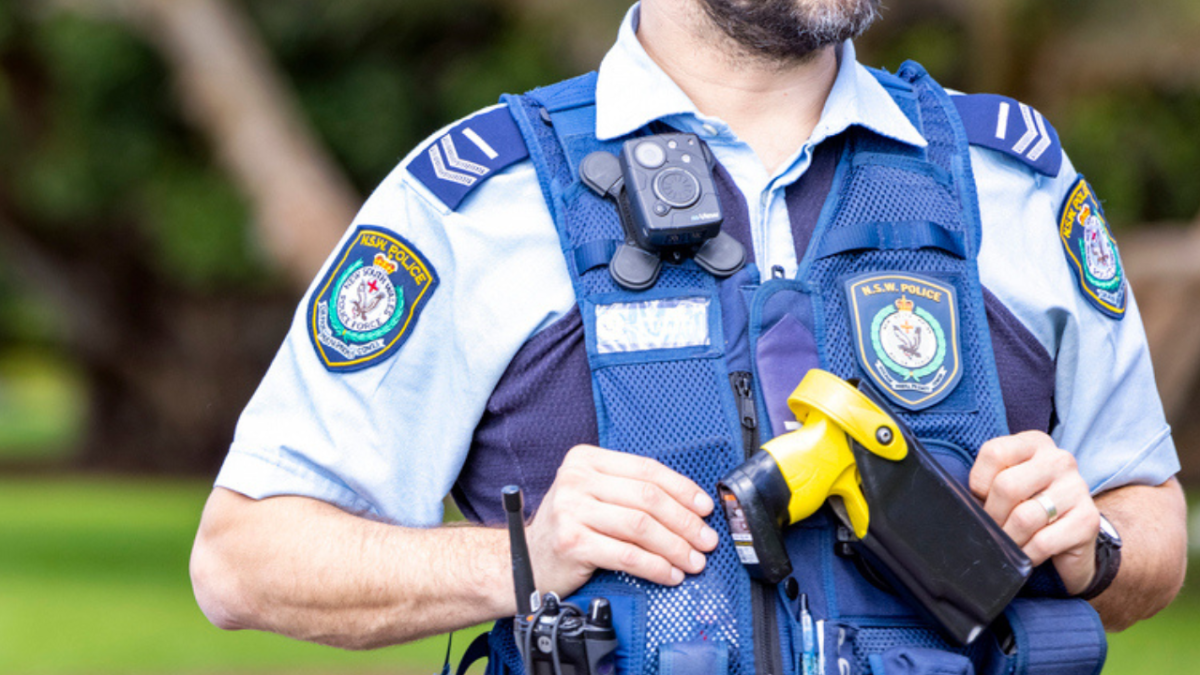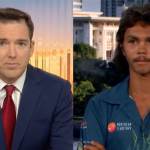
Internal police data has shown that New South Wales police used force against Indigenous Australians at drastically disproportionate rates over the last three years.
Internal police records obtained by the Redfern Legal Centre show Aboriginal and Torres Strait Islander people were significantly overrepresented when it came to police use of force incidents from 2018-20 to 2021-22.
Indigenous Australians were involved in 13,161 of the 28,826 use of force incidents in that timeframe, a proportion of about 45% which is pretty cooked considering Indigenous Australians only account for around 3.4% of the NSW population.
The police data, which was released through the state’s freedom of information laws, also shows wrist locks, arm restraints, ground wrestling and takedowns were the most common types of force used against both Indigenous and non-Indigenous groups.
The next most common use of force incidents were a single burst of OC spray and defensive strikes or punches.
A number of widely reported incidents in recent years have put increased scrutiny on police use of force against Indigenous Australians.
In May of this year, a NSW police officer was found guilty of assaulting a 16-year-old Indigenous boy in inner Sydney in 2020 when he arrested him and threw him to the ground using an unofficial “leg sweep” manoeuvre.
Footage of the incident prompted widespread criticism and the recent guilty verdict sparked a multitude of calls for change from NSW police.
As per The Guardian, Samantha Lee, a Redfern Legal Centre senior lawyer described the disproportionate use of force as “appalling” and said the data should provoke some urgent changes.
“The use of force is a systemic problem,” Lee said. “It requires a systemic solution.”
“The NSW police commissioner must address the use of force against First Nations people at all levels of the NSW police force, from recruitment to corporate reporting.”
Lee also suggested that such data should be collected at a national level and measured against Closing the Gap targets.
“The disproportionate impact of policing on Aboriginal and Torres Strait Islander people goes to the heart of the overrepresentation of Aboriginal and Torres Strait Islander people in the criminal justice system,” she told The Guardian.
A NSW spokesperson spoke out about the new data saying that all 18,000 NSW police officers regularly face “all manner of situations and risks to their personal safety”.
“When faced with a situation where force is used, such force must be considered reasonable and appropriate based upon the level of resistance met or the threat presented,” the spokesperson said.
“Officers are required to record details of all force or tactical options used when completing the corresponding ‘event’; the ‘events’ are subject to a verification process, which offers an opportunity for review of the action taken,” they continued.
“The statistics quoted have been obtained from ‘events’ where a use of force was recorded.”
The spokesperson also said NSW police had also recently established a panel on police powers, which provided a further opportunity to review the use of force and let’s hope they actually use it shall we.
A report by NSW’s Law Enforcement Conduct Commission (LECC), released in February, criticised the way that NSW police recorded their use of force incidents.
The LECC examined a sample of 210 use of force incidents in NSW and found “widespread inconsistencies” in the way information was recorded as well as consistent under-reporting.
“Such inaccuracies are concerning to the Commission,” the report said.
“They undermine the effectiveness of the potential uses of the data by NSWPF – for example, in identifying trends in types of force used, identifying risks to officer or public safety from such use, or focussing training to address particular issues arising in the use of force.”
Whilst this new data is disappointing, with all the controversy surrounding the NSW police use of force in recent weeks, I’m not surprised by these findings.



